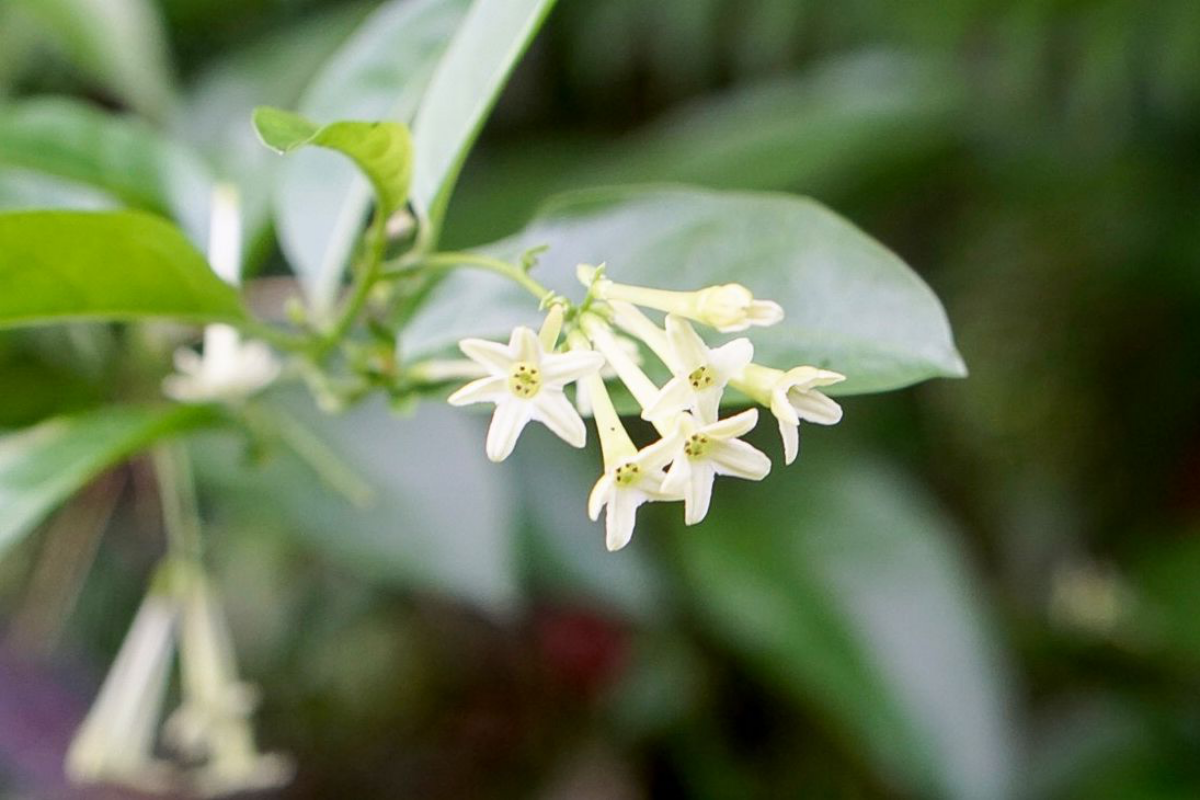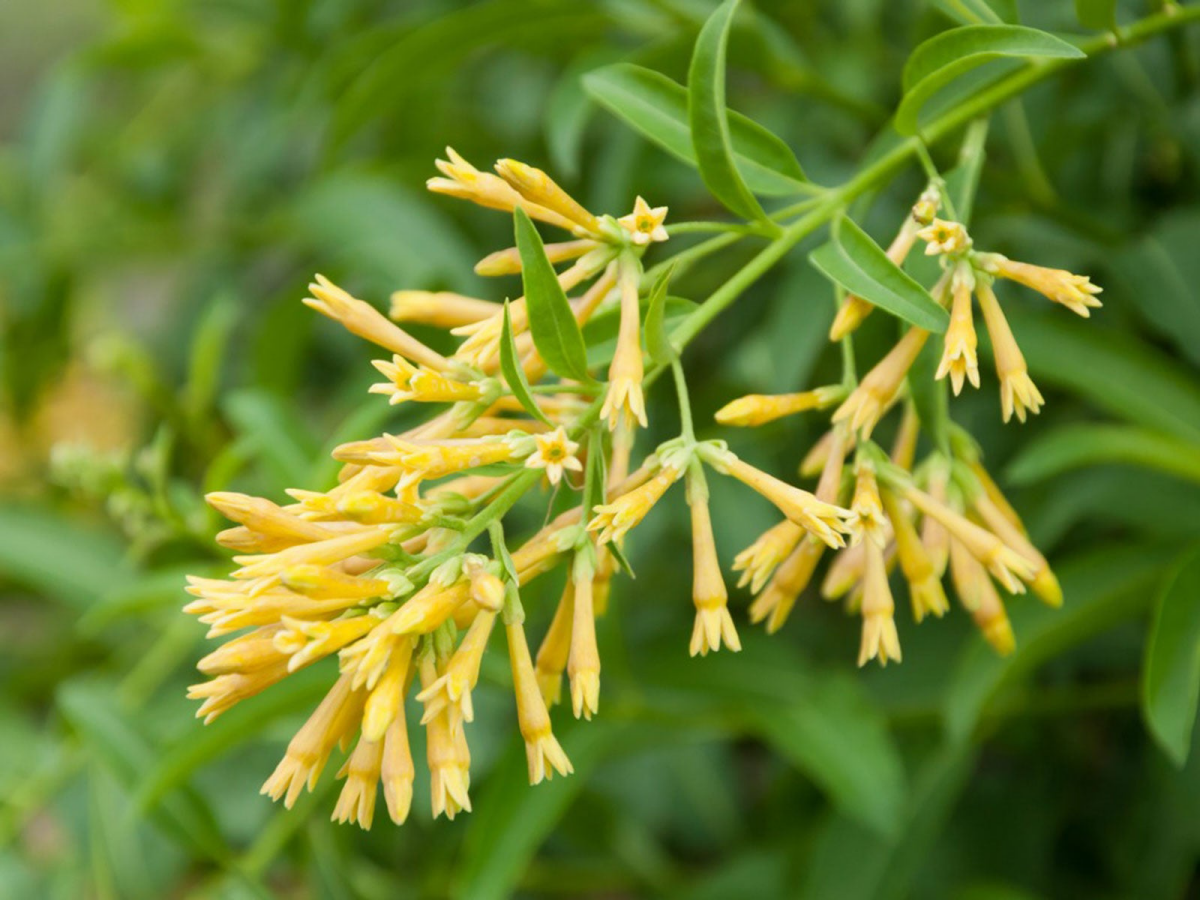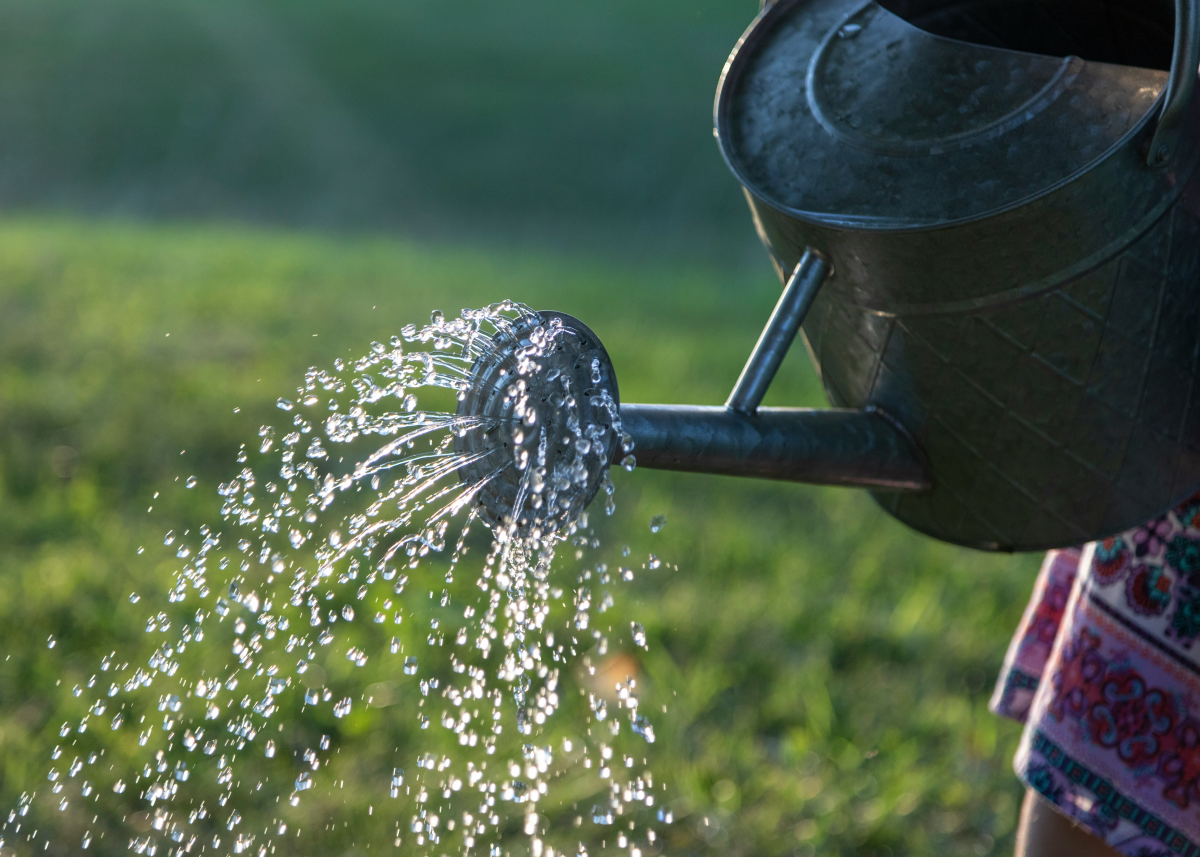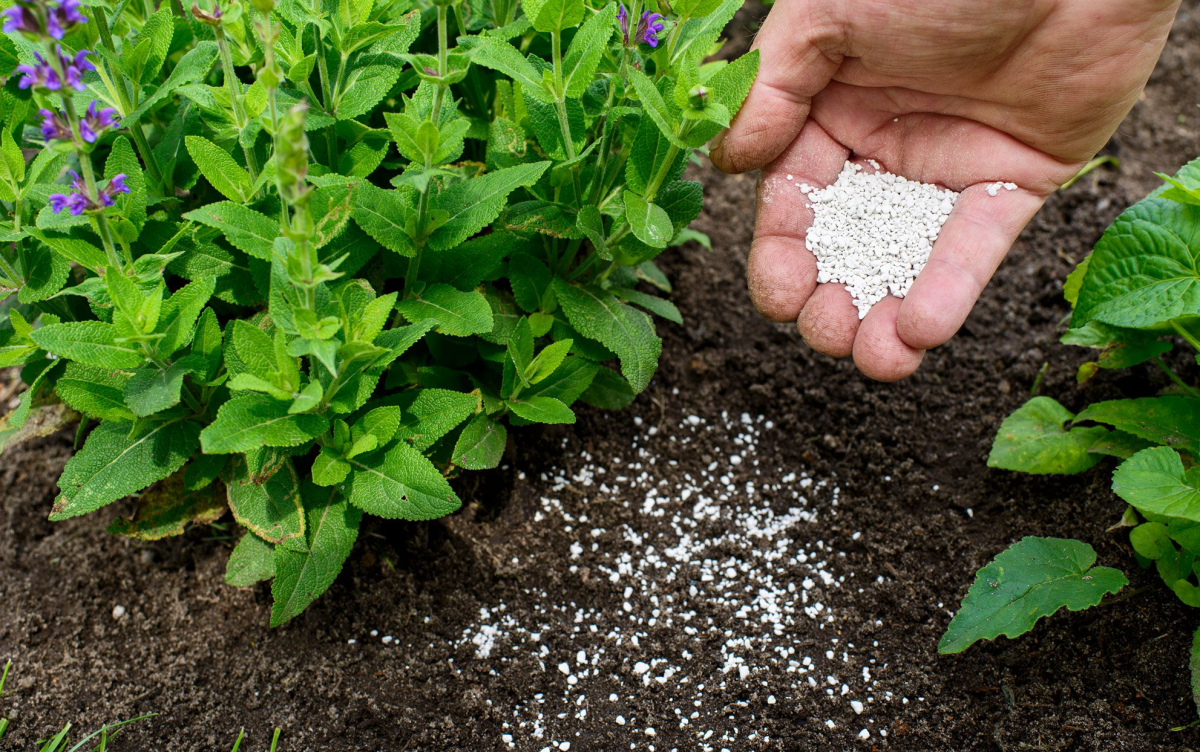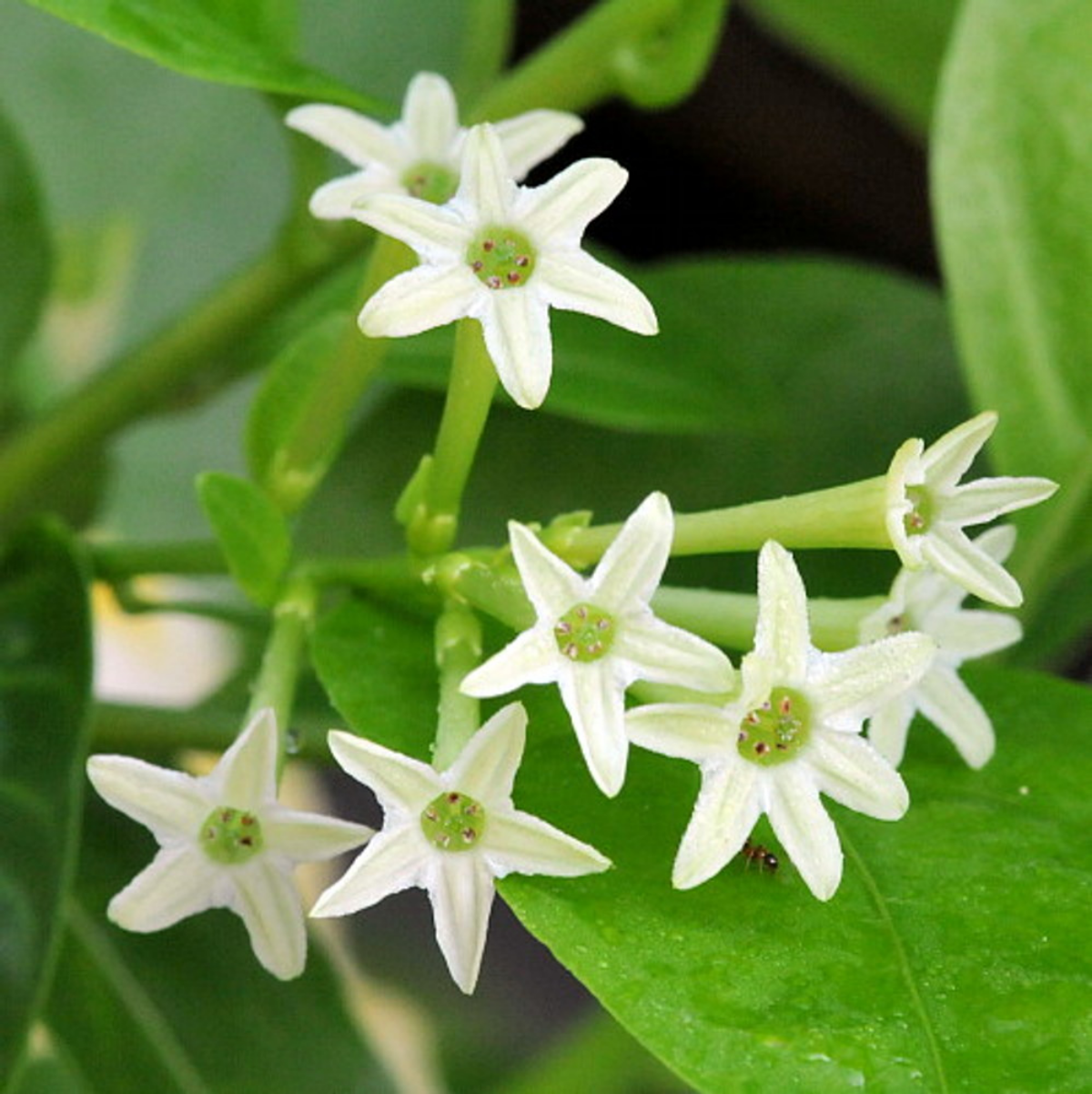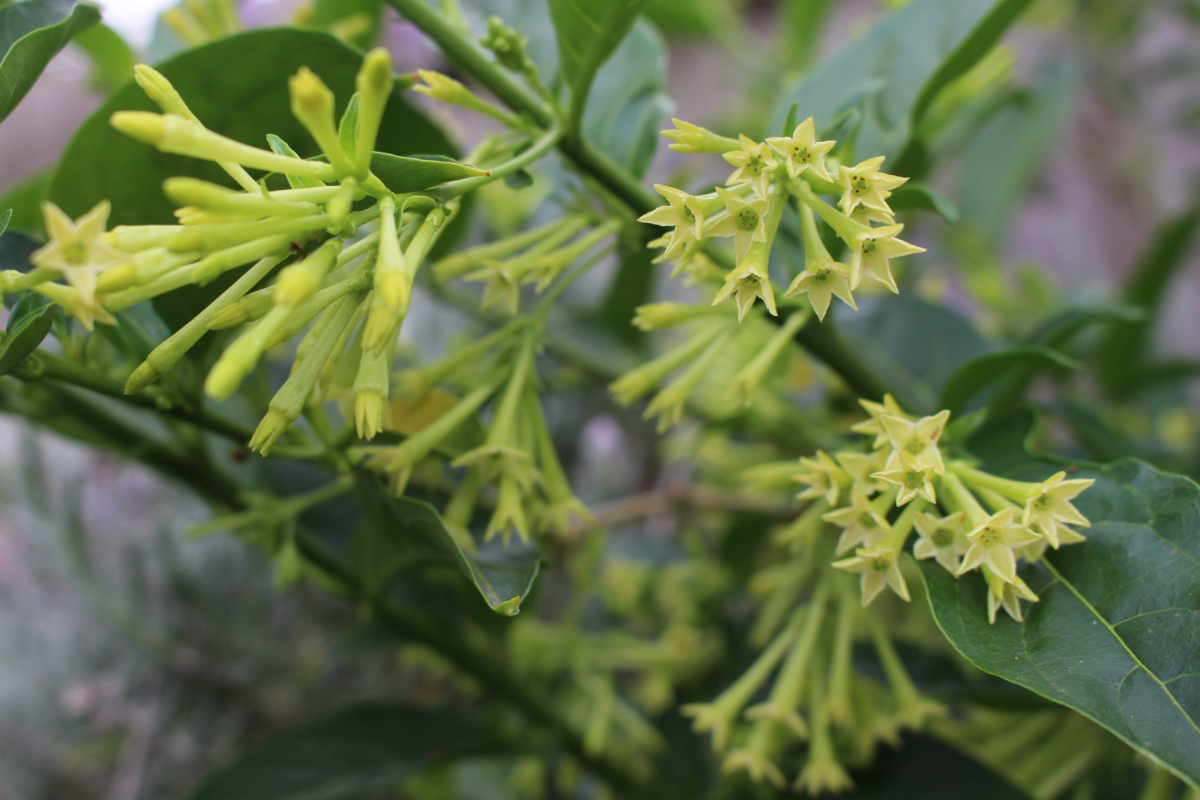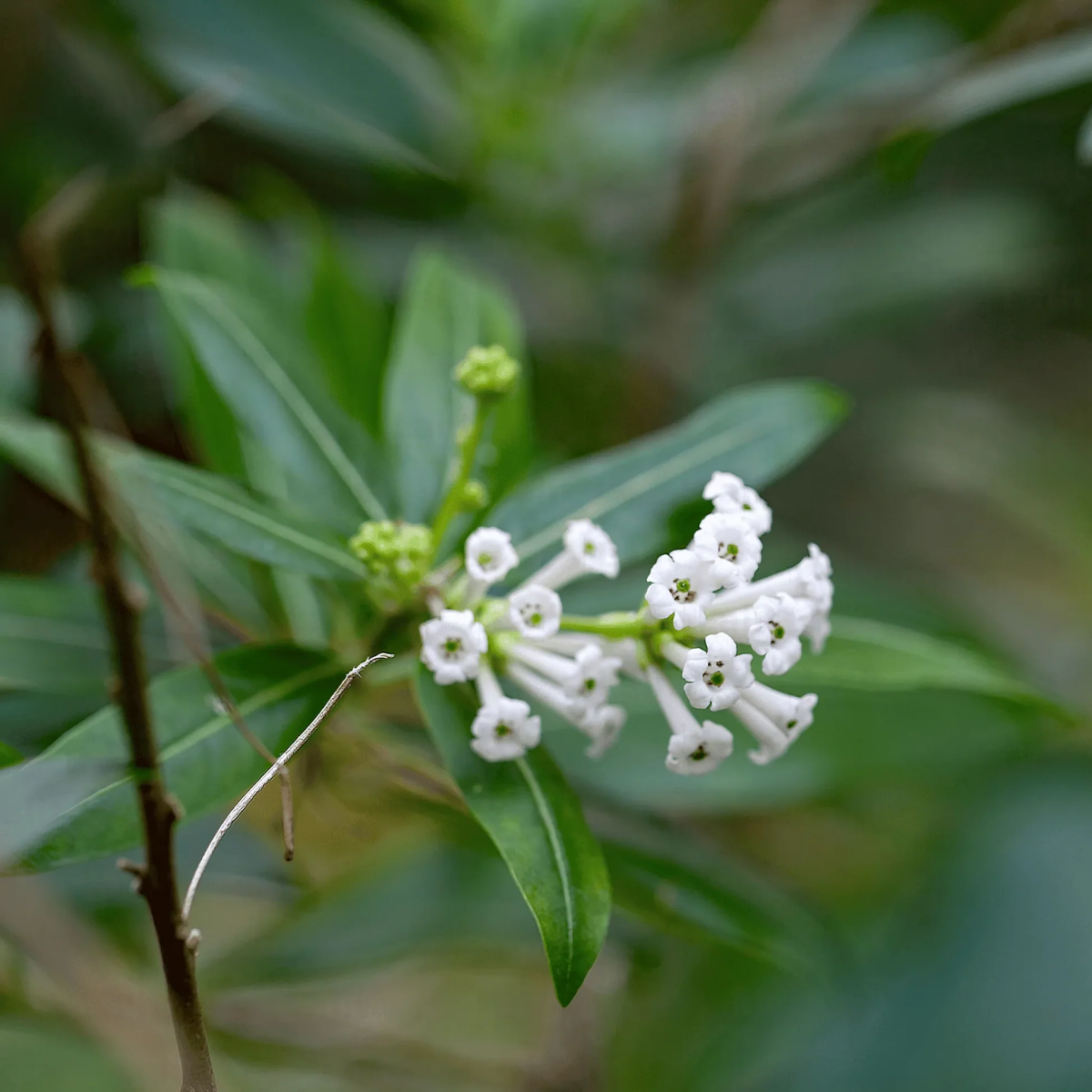How To Grow A Night-Blooming Jasmine Plant Like A Pro
There’s an undeniable enchantment that surrounds the night-blooming jasmine plant. As evening descends and the garden eases into a restful pause, this bewitching flora awakens. It delicately unfurls its blooms under the moon’s soft glow and infuses the air with a mesmerizing fragrance. The sun never sees this ritual. It holds a magical allure for those who seek to add a touch of nocturnal wonder to their gardens. Cultivating night-blooming jasmine is more than a gardening task. It’s an invitation to partake in nature’s secret revelries. With just the right blend of care, attention, and passion, even novice gardeners can nurture these plants like a pro. That’s why today we will show with you everything you need to know about growing this beautiful plant.
Night-blooming jasmine awakens as evening descends
In this article
What Is Special About Night Blooming Jasmine?
Night-blooming jasmine is scientifically known as Cestrum nocturnum. This plant is a marvel of the plant world. It thrives in the quietude of night. In stark contrast to its daylight-flourishing relatives, this variety basks in the cool embrace of the evening, releasing its potent aroma as darkness envelops the garden. Its blooms serve as beacons in the night, offering a fragrant gift to those awake to receive it. The night-blooming jasmine’s allure extends beyond its scent. It embodies deeper cultural and symbolic meanings across various traditions. It stands as a symbol of love, mystery, and the introspective calm that nighttime brings. This plant invites gardeners to explore the less trodden paths of horticulture. The paths where the beauty of flora is not just seen but deeply felt.
Night-blooming jasmine’s blooms serve as beacons in the night
How To Grow a Night-Blooming Jasmine Plant
The adventure of cultivating night-blooming jasmine begins with a mix of excitement and a dash of challenge. Adaptable yet particular, the night-blooming jasmine thrives in warmer climates. However, it also shows a remarkable resilience that can surprise those willing to provide a little extra care. The success of this endeavor hinges on the preliminary steps of preparation. Here, choosing the right location and soil composition becomes the groundwork for a thriving bloom. In nurturing a night-blooming jasmine, gardeners embark on a path of discovery. You will learn not only about the intricacies of plant care but also about the subtle, often overlooked beauty of nature’s nighttime offerings.
The night-blooming jasmine thrives in warmer climates
Type of soil
If you want this plant to truly thrive, it will need soil that mirrors the richness of its fragrance. This jasmine needs well-draining and fertile soil, with a pH that gently tips from neutral to slightly acidic. Imagine crafting a bed where this nocturnal beauty can rest its roots. A blend that holds moisture yet allows excess to freely escape, preventing the woes of waterlogged feet. This perfect grounding is a mix of loam and sand. It will become the cradle for your jasmine, promising a robust start for what is to become a fragrant spectacle in your garden.
This jasmine needs well-draining and fertile soil
Preparing to plant
Before your jasmine can dance in the moonlight, its stage needs to be set with care. Whether you’re eyeing a cozy corner of your garden or a pot that could anchor its sprawling beauty, the key is in the mix. Blend your soil with organic compost to introduce a burst of life-giving nutrients. Planting depth should be not too deep, where light struggles to whisper to the roots. However, it also shouldn’t be too shallow, where the world feels a tad too vast. This nurturing bed will be the first to witness the jasmine’s journey from timid sprout to night’s luminary.
Blend your soil with organic compost to introduce a burst of life-giving nutrients
Watering
Watering your night-blooming jasmine is less about routine and more about intuition. You need to keep the soil consistently moist yet never drenched. It’s a delicate balance. Too much water dims its spirit, while too little leaves it yearning. During the warmer whispers of summer, your jasmine will thirst more, seeking solace in the coolness of water. As seasons turn, so does its need, asking you to listen closely and adjust, ensuring its roots are never parched nor drowned.
You need to keep the soil consistently moist yet never drenched
Fertilizing
Feeding your night-blooming jasmine is an art in nurturing its growth and blooms. A balanced fertilizer with an NPK ratio that sings in equal parts is best. This fertilizer is the equivalent of a gourmet meal for your plant. As spring unfurls and growth quickens, a monthly feast can propel your jasmine into a flourishing state. But as the crescendo of blooms begins, consider a phosphorus-rich diet to encourage those fragrant flowers to multiply, turning your garden into a nocturnal paradise where each bloom is a note in a symphony of scent.
A balanced fertilizer with an NPK ratio that sings in equal parts is best
Pruning tips
Pruning your night-blooming jasmine is akin to sculpting beauty with your hands. You need to guide its growth to create a masterpiece of foliage and flowers. The best times to wield your shears come as winter’s chill wanes, inviting you to shape and encourage new growth. This act of care removes the old, making way for the new, and ensures your jasmine remains a vibrant participant in the garden’s nightly performances. With each careful cut, you’re not just maintaining shape but coaxing the plant to reach its full, blooming potential.
Pruning your night-blooming jasmine is akin to sculpting beauty with your hands
Pest management
In the lush, fragrant embrace of your night-blooming jasmine, pests may find an unwelcome home. Yet, managing these uninvited guests doesn’t always require a harsh rebuttal. Natural deterrents, like neem oil or insecticidal soap, offer a gentle nudge for pests to find their pleasures elsewhere. For those more stubborn, chemical options remain a last resort, a careful calculation to preserve the jasmine’s health while ensuring its beauty remains unmarred by the trials of nature.
Pests may find an unwelcome home in your jasmine
Dealing with diseases
Diseases can easily creep upon your night-blooming jasmine, dimming its vibrancy. Prevention is your first melody of defense, ensuring good air circulation and avoiding the siren call of overwatering. Should disease manifest, identifying it early becomes key—be it with fungicides or cultural practices that cut the problem at its root. This careful attention ensures your jasmine’s performance under the moonlight remains as enchanting as ever, free from the blemishes of ailment.
Prevention is your first melody of defense
How Do You Keep Night-Jasmine Blooming?
To coax your night-blooming jasmine into a prolific display of blooms, think of yourself as its personal cheerleader, offering support through light, temperature, and care. A sunny spot during the day sets the stage for nighttime blooms, while cooler evening temperatures whisper to the plant that it’s time to unveil its beauty. This dance of nature, where light meets dark, encourages your jasmine to produce flowers in abundance, transforming your garden into a fragrant haven where each bloom is a star in the night sky.
A sunny spot during the day sets the stage for nighttime blooms
FAQs
What is the difference between jasmine and night-blooming jasmine?
Jasmine and night-blooming jasmine share a name but differ significantly in their habits and floral offerings. Traditional jasmine varieties, such as Jasminum officinale, greet the day with their blooms and sweet scent, thriving under the sun’s warm embrace. Night-blooming jasmine (Cestrum nocturnum), on the other hand, unveils its flowers as the sun sets, enchanting the night air with its potent fragrance. While both adorn gardens with beauty and aroma, their timing of display and species characteristics set them apart, catering to gardeners who appreciate the marvels of day or the mystery of night.
Jasmine and night-blooming jasmine share a name but differ significantly
Does night-blooming jasmine need sun?
Yes, night-blooming jasmine does require sunlight to flourish and bloom. Despite its nocturnal flowering habit, it depends on the sun’s energy for photosynthesis and healthy growth. Providing it with full to partial sunlight for at least 6 hours a day ensures it has enough vigor to produce its fragrant blooms. The sunlight exposure is crucial for its overall health, encouraging a robust plant that’s ready to showcase its nightly performance. Thus, even a plant celebrated for its evening charm must bask in daylight to gather the strength needed for its after-dark show.
Night-blooming jasmine does require sunlight to flourish and bloom
What are the disadvantages of night-blooming jasmine?
Night-blooming jasmine, while enchanting, comes with a few disadvantages. Its strong fragrance, though delightful to many, can be overwhelming and even cause headaches or allergic reactions in sensitive individuals. This intense aroma, especially at night, may not be suitable for everyone. Additionally, it requires regular maintenance, including pruning and monitoring for pests, to keep it healthy and flowering. Its rapid growth can also become a challenge if not managed, potentially leading to an unruly garden presence. These considerations highlight the balance between the plant’s captivating beauty and the attention it demands to remain a harmonious addition to the garden.
Its rapid growth can become a challenge if not managed
Growing a night-blooming jasmine plant is a gratifying journey that rewards patience and care with fragrant, moonlit blossoms. As you nurture your jasmine, let it serve as a reminder of the beauty that thrives in the quiet moments, the serene nights that offer a refuge from the daylight’s hustle. With these tips, you’re well on your way to becoming a night-blooming jasmine pro, ready to bask in the glow of your garden’s nocturnal masterpiece.
Growing a night-blooming jasmine plant is a gratifying journey
